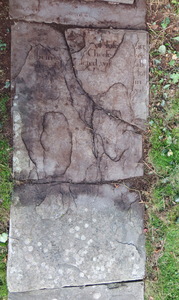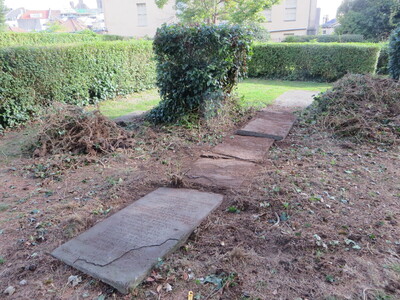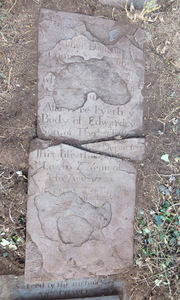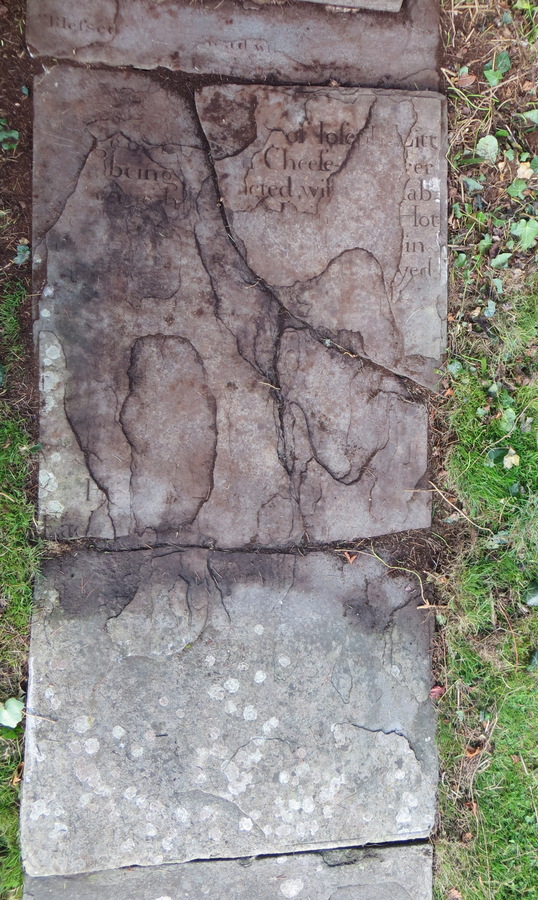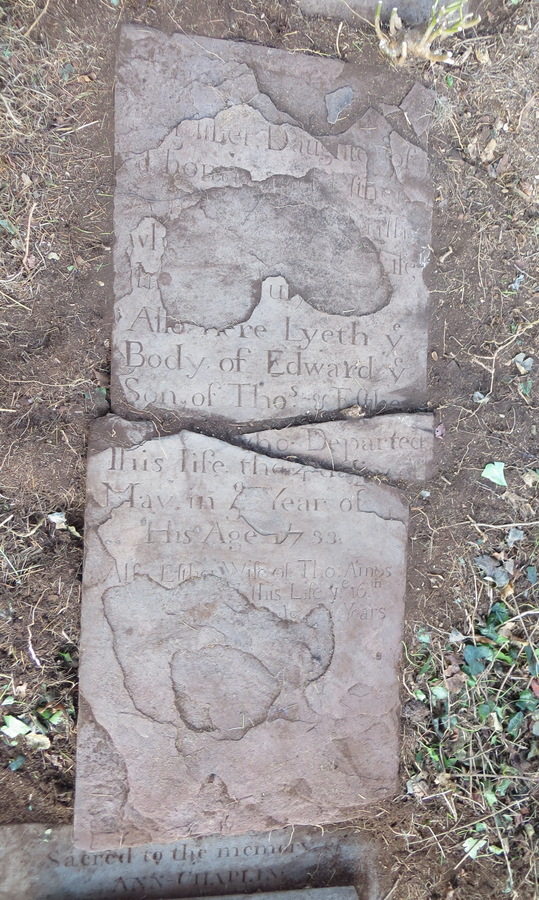Ashmead 1828 map
Clifton Parish Graveyards
The first Parish graveyard in Clifton was in the area of the original church, near the present War Memorial.
The population of Clifton increased rapidly during the late 18th century, particularly by the addition of visitors to the Hot Wells Spa, and in 1779 the vestry applied to the Society of Merchant Venturers for a grant of a piece of land. Following initial reluctance, in 1787 the site of a large quarry at Honey Pen Hill was sold by the Merchants’ Society. This stands on Lower Clifton Hill, which was the main road up to Clifton from Bristol before Queen’s Road was built. Extended in 1811, this churchyard became known as the “Strangers’ Burial Ground” because of the large numbers of outsiders buried there, though it was still the main parish burial ground.
By about the 1830s a third burial ground was created, which is the churchyard straddling Birdcage Walk, between Victoria Square and the site of the old churches.
In July 1871 all three graveyards were closed, although some families retained rights to burial there, and from 1950 care of them was taken over by Bristol Corporation.
Memorial inscriptions
Mary J. Campbell produced in 1987 the two volume work “Memorials of the Church and Churchyard of St Andrew’s, Clifton”, documenting all the memorials in the three parts of the graveyard and from inside the church. The transcriptions were made between 1974 and 1986, supplemented by information from parish registers, the churchyard plans and other sources. It is an invaluable source of information for the gravestones, which were already seriously deteriorating, and so many more of which are now badly eroded and unreadable.
Campbell records some 235 gravestones in the first churchyard, 345 in the Strangers’ Burial Ground, and about 1000 in the main cemetery, plus 120 inscriptions taken from memorials within the 19th century church, for a total of about 3500 named individuals. All the memorials in the first churchyard and the main cemetery are now listed on Findagrave.com and most have GPS coordinates to give their approximate position.
Parish registers survive, recording burials as far back as 1538, though there are many more burials recorded than there are memorials, the expense of raising a memorial being too much for many families (more than 9500 burials recorded between 1800 and 1942, covering all 3 graveyards). Registers are held by Bristol Archives and digitised versions online at Ancestry (pay to view).
Of the gravestones, Campbell puts the earliest remaining as dated 1731 (Esther Amos - Campbell 1063), originally in the nave, but now within the hedge outline of the church. However, there is an even older memorial nearby, Joseph Littlepage, Cheesemonger of London, who died in 1712 (Campbell 1066) - and a lost memorial to him in the church is given: "Here lieth the body of Joseph Littlepage of London who came to drink the Hotwell water for the recovery of his health but in five Days after his Arrival died on the 31st January 1712" (Campbell 2018).

